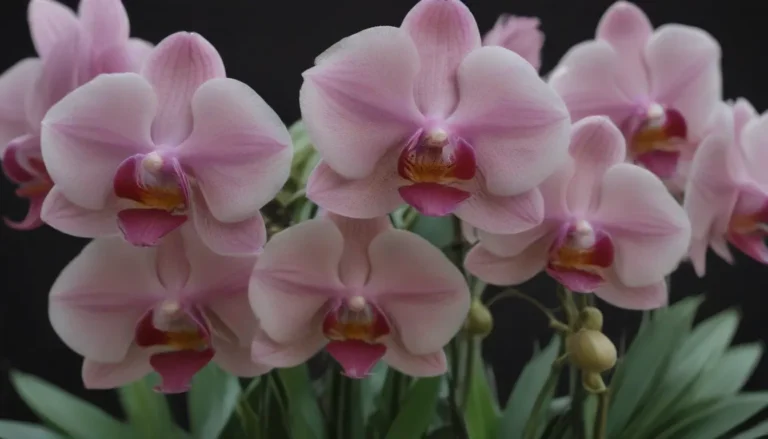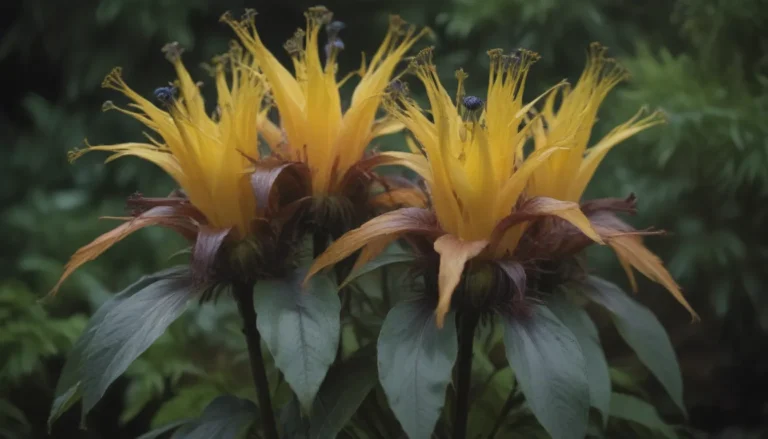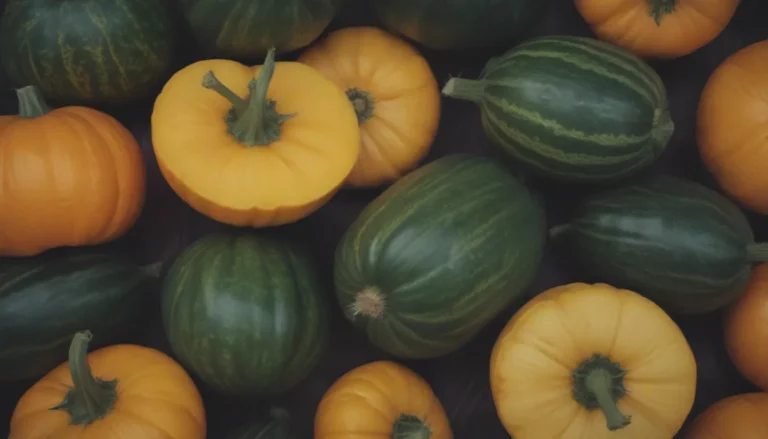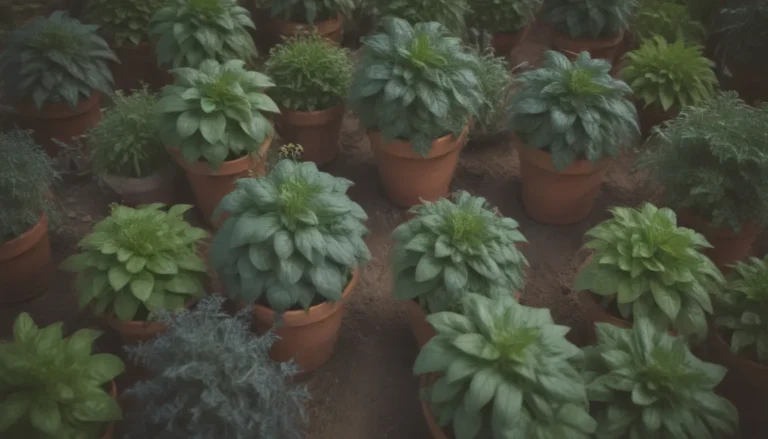The Ultimate Guide to Growing and Caring for Abelia Plants
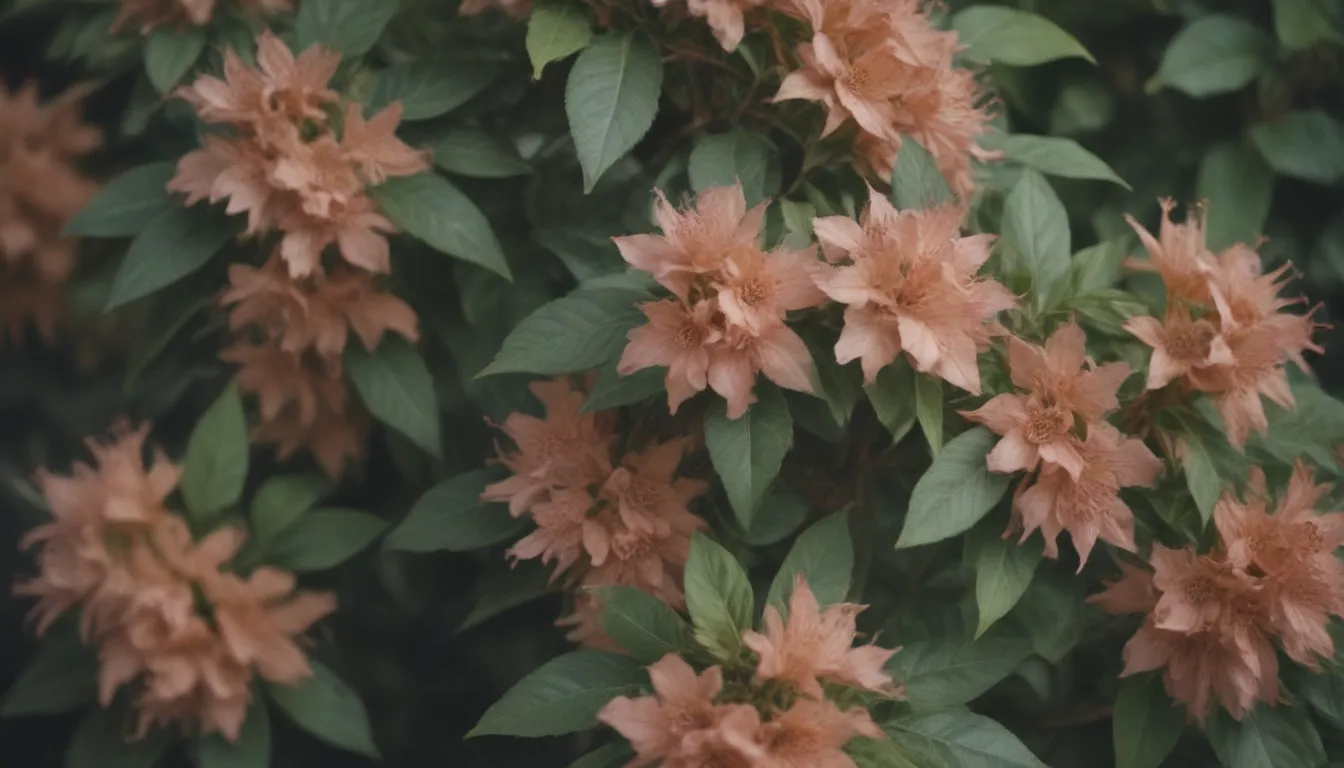
If you’re looking to add a pop of color and long-lasting blooms to your garden, look no further than the vibrant and beautiful Abelia genus. With about 30 different species of both deciduous and evergreen shrubs, Abelia plants are a popular choice for gardeners looking to add interest to their landscape. In this comprehensive guide, we’ll cover everything you need to know to successfully grow and care for Abelia plants in your own garden.
Understanding Abelia Plants
Before we dive into the nitty-gritty of caring for Abelia plants, let’s take a closer look at what makes these shrubs so unique. Known for their colorful foliage and long blooming season, Abelia plants are easy to care for and provide a stunning visual display in any garden. Here are some key characteristics of Abelia plants:
- Pointed, oval-shaped leaves that come in a variety of colors including yellow, green, pink, orange, bronze, and burgundy.
- Tubular flowers that are typically white, pink, or yellow and bloom from spring until fall.
- Low-maintenance plants that are rarely affected by pests and diseases, making them an ideal choice for beginner gardeners.
Types of Abelia Plants
Before we get into the nitty-gritty of caring for Abelia plants, let’s take a moment to explore some of the most popular varieties:
- Glossy Abelia (Abelia x grandiflora): A classic choice known for its glossy foliage and long-lasting blooms.
- ‘Kaleidoscope’ Abelia: This variegated variety features colorful foliage that changes throughout the seasons.
- ‘Rose Creek’ Abelia (Abelia x chinensis): A compact shrub with delicate pink flowers and dark green foliage.
How to Care for Abelia Plants
Now that you’re familiar with the basics of Abelia plants, let’s talk about how to care for them to ensure they thrive in your garden. Whether you’re a seasoned gardener or a beginner, Abelia plants are a great addition to any landscape due to their easy maintenance and stunning visual appeal.
Planting
To get started, follow these tips for planting your Abelia shrubs:
- Choose a spot with plenty of sunshine and well-draining soil.
- Plant the shrub in a hole that is twice as wide as the root structure, with the top of the root system slightly above the ground.
- Water the plants regularly, especially during hot summer months.
- Fertilize the soil annually with compost to provide essential nutrients for healthy growth.
Light and Soil
- Abelia plants can thrive in both full sun and partial shade, but full sun will encourage more vibrant foliage colors and blooming.
- Plant your Abelia shrubs in fertile, well-draining soil that is rich in organic matter. Aim for slightly acidic soil pH levels for optimal growth.
Watering and Fertilizing
- Abelia plants are drought-tolerant once established, but regular watering is essential for vibrant and healthy growth.
- Water deeply and infrequently, allowing the soil to dry out slightly between watering sessions.
- Fertilize the soil with a slow-release shrub fertilizer in the early spring to support growth and blooming.
Pruning and Propagating
- Prune your Abelia shrubs in late winter or early spring to maintain shape and remove any damaged or dead branches.
- Propagate Abelia plants through cuttings, either hardwood or softwood, to create new plants.
Growing from Seed and Potting
- Abelia plants can be grown from seeds, but keep in mind that collected seeds may produce plants that differ from the parent plant.
- Potting Abelia plants is a great option for compact varieties, using pots with proper drainage and rich, compost-rich soil.
Overwintering and Troubleshooting
- Abelia plants do not require extra care to survive winter in their appropriate zones, but container-grown plants may need protection from the elements.
- Common problems with Abelia plants include thick foliage and no flowers, usually caused by excessive nitrogen in the soil, and yellowing leaves due to overwatering.
By following these care tips, you can enjoy vibrant foliage and beautiful blooms from your Abelia plants throughout the growing season. Whether you’re a novice gardener or a seasoned pro, Abelia shrubs are a versatile and easy-to-grow addition to any garden.
Sources:
- Johnson, O. (2021). ‘Abelia’ from the website Trees and Shrubs Online (treesandshrubsonline.org/articles/abelia/).
In conclusion, the Abelia genus offers a wide variety of shrubs that are both visually stunning and easy to care for. By following these tips and guidelines, you can successfully grow and maintain Abelia plants in your own garden, adding color and charm to your outdoor space. Happy gardening!
